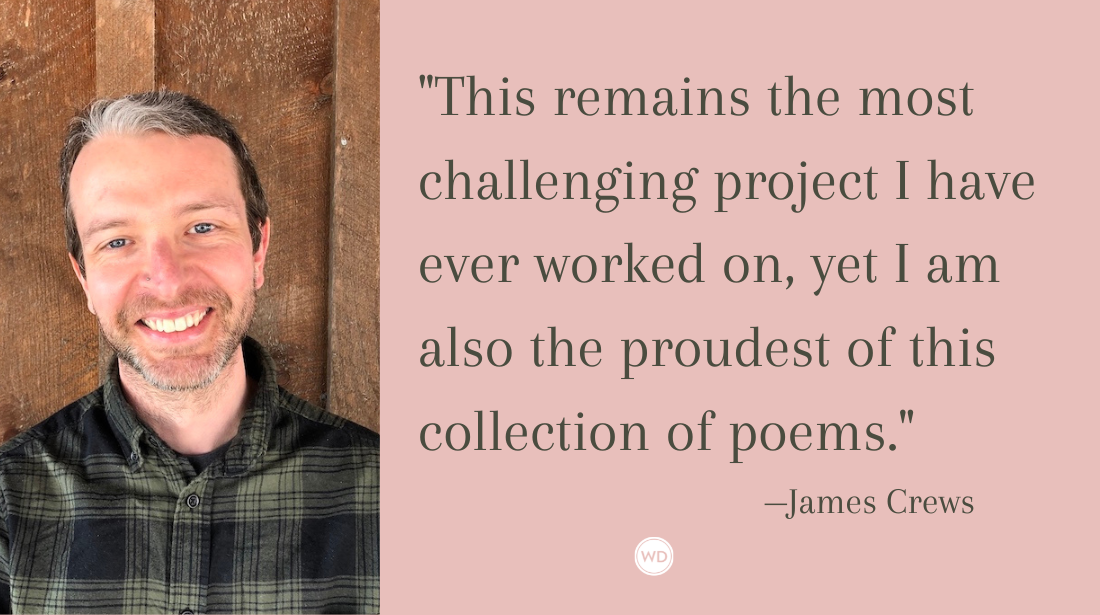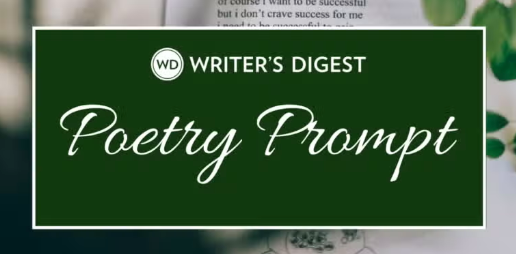Kimo: Poetic Forms
Learn how to write the kimo, an Israeli three-liner, including guidelines for writing the poetic form and an example poem.
Today’s form is a haiku variant, and those are always fun. So let’s take a look at the kimo!
Kimo Poems
Kimo poems are an Israeli version of haiku. Apparently, there was a need for more syllables in Hebrew. That said, most of the rules are still familiar:
- 3 lines.
- No rhymes.
- 10 syllables in the first line, 7 in the second, and 6 in the third.
Also, the kimo is focused on a single frozen image (kind of like a snapshot). So it's uncommon to have any movement happening in kimo poems.
*****
Play with poetic forms!
Poetic forms are fun poetic games, and this digital guide collects more than 100 poetic forms, including more established poetic forms (like sestinas and sonnets) and newer invented forms (like golden shovels and fibs).
*****
Here’s my attempt at a Kimo Poem:
Meeting of the Minds, by Robert Lee Brewer
His hands over his face, the father sits
facing his son, who's hidden
underneath his blankets.







